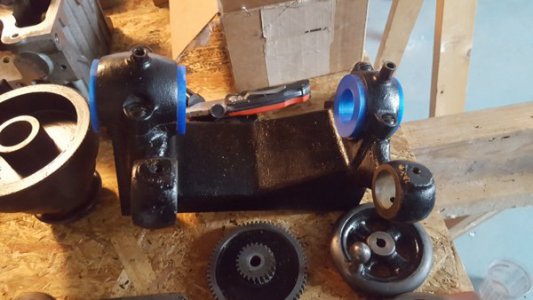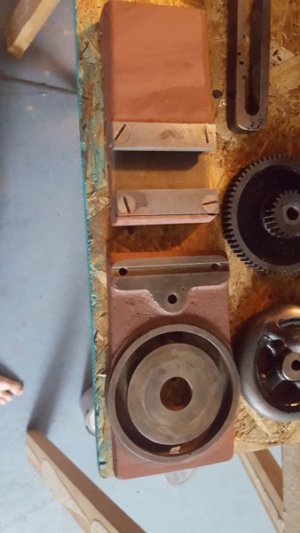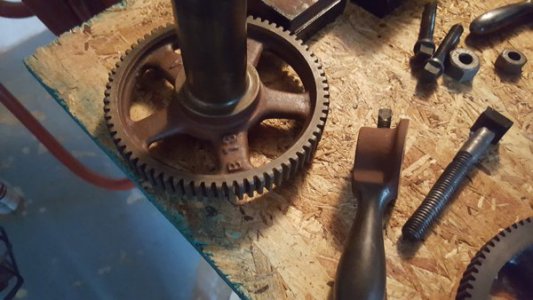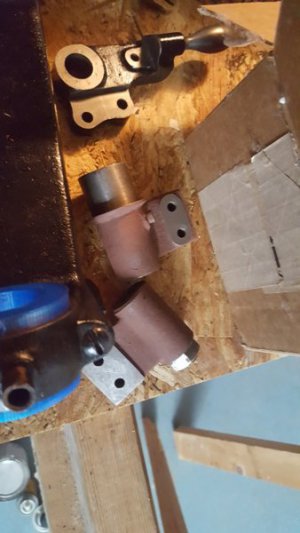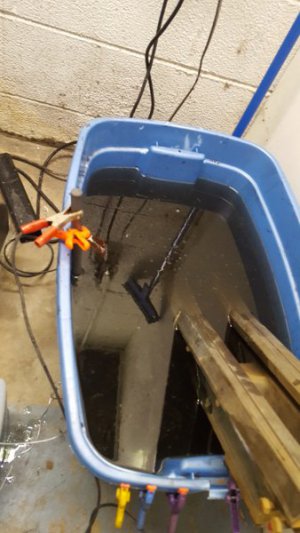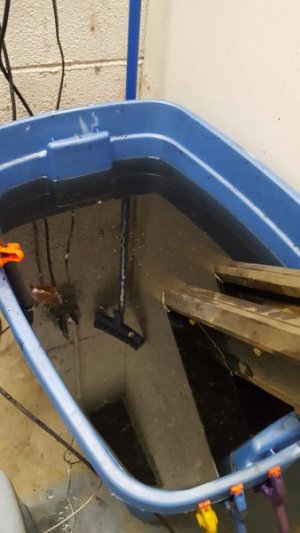- Joined
- Nov 14, 2014
- Messages
- 851
Hammer, sounds like the split rivets are original. Mine had them also. I just didn't like the bent tail ends on the inside of the housings grabbing stuff -fingers, shirt sleeves, oil and dips, etc. so replaced with solid shaft peened kind. Actually found them quite interesting to install. Look forward to seeing your photos.
P.S., you may also consider joining the Dalton Bunch Yahoo group. Dennis Turk moderates. This is the Dalton Lathe email group. Several hundred Dalton owners on it. Dennis is very knowledgeable about Dalton operation. Wealth of info when you get ready to set it up to operate.
Glenn
P.S., you may also consider joining the Dalton Bunch Yahoo group. Dennis Turk moderates. This is the Dalton Lathe email group. Several hundred Dalton owners on it. Dennis is very knowledgeable about Dalton operation. Wealth of info when you get ready to set it up to operate.
Glenn

